While we were preparing lunch, I remarked that the rose-breasted grosbeaks should be returning soon. It’s usually the second week of May when we start seeing them at the feeders in our part of West Michigan. Five minutes later I looked out and there he was! The first grosbeak of the season. The beautiful rose-breasted grosbeaks make a wonderful learning theme along with birds in general. I’ve assembled some ideas below into a rose-breasted grosbeaks unit study so you can enjoy learning about these birds with your children.
If learning with themes is new to you, check out my post on How to Create a Unit Study.
Have fun learning about this beautiful part of creation!
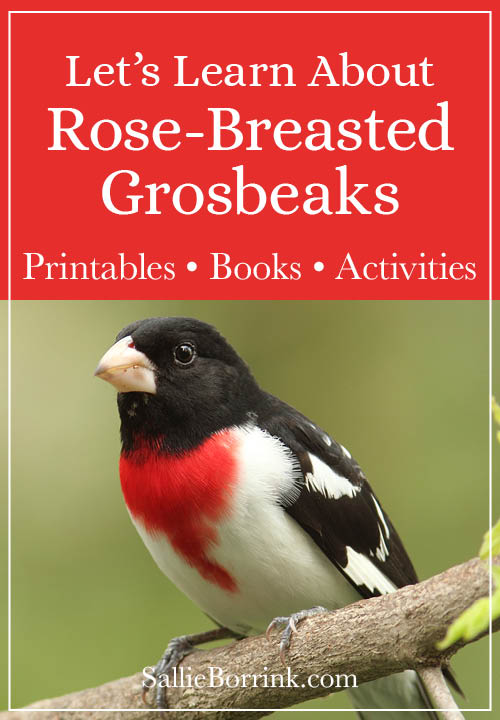
Planning A Rose Breasted Grosbeak Unit Study
Theme Planner: Use my free Unit Study Planner to list your ideas.
How To Identify Rose-Breasted Grosbeaks
Both the female and male have a body and beak shape that makes them easier to distinguish from other birds. (Can you tell the ways that they are similar to the cardinals to whom they are related?)
Rose-Breasted Grosbeak Male Markings: The males are so distinctive in their coloring that you can’t miss them when they show up. They are beautiful when they fly because you can see the white and black markings so clearly.
Rose-Breasted Grosbeak Female Markings: The females have the distinctive white marking around their eyes. It makes it easier to identify them from a distance.
Rose-Breasted Grosbeak Songs: Rose-breasted grosbeaks have a beautiful song. They sound much like a robin, but you can learn to tell the difference. Here is one singing.
Feeding Rose-Breasted Grosbeaks
Many people choose not to put out birdseed in the spring and summer since the birds have an abundance of food around them throughout nature. We feed year round for two reasons. One, the birds are like our pets. Two, if we didn’t feed all year we would never see the summer birds such as the grosbeaks.
We put three or four different bird feeders out the first year we moved in and were thrilled to see grosbeaks. We had only seen them once or twice before at our feeders in the city. Now that we’ve been feeding them for a number of years, we will have four or five pairs each year. They come to the feeders like clockwork each day and we can enjoy watching them while we eat. They especially love eating from our birdfeeder like this one.
Here are a male and female eating together. They love black oil sunflower seeds which is what we put out year round. It gives birds the most nutrition and it is far better than putting out cheaper mixed seed.
Breeding & Migration Map
This map from Wikipedia shows their breeding and migration patterns. The light yellow is the breeding range. The orange is the migration only range. The blue is the wintering range. I am always amazed that our birds fly far away and then return to our feeder again the next spring!
Create your own map for your unit study by using one of my free printable maps:
Bird Guides & Books About Birds
Every homeschooling family should have a few bird books on hand so you can grab them and look up new birds that visit your yard.
Here are two books for children:
- Birds, Nests & Eggs (Take Along Guides)
- Birds: Explore Nature with Fun Facts and Activities (Nature Explorers)
These are more traditional field guides:
- National Geographic Backyard Guide to the Birds of North America (National Geographic Backyard Guides)
- National Geographic Field Guide to the Birds of North America, 7th Edition
- National Audubon Society Field Guide to North American Birds: Eastern Region
Rose-Breasted Grosbeaks Unit Study Learning Activities
Vocabulary, Spelling & Word Search: Here is a list of words you can use for vocabulary or spelling activities during your study.
- grosbeak
- nesting
- black oil sunflower
- ornithology
- chink
- deciduous
- songbird
- eyebrow
- triangular bill
Word Search Puzzle: For fun, create a word search using the word list above. Download my free Word Search Template.
Rose-Breasted Grosbeak Facts: Use my simple, free Facts About Graphic Organizer as a fun way to keep track of important facts or your favorite facts you learn about rose-breasted grosbeaks.
Comparing Rose-Breasted Grosbeaks to Other Birds: How do rose-breasted grosbeaks compare to other birds you might see more often? Complete this Venn diagram to compare them with another type of bird (cardinal, blue jay, sparrow, etc.).
Write About Rose-Breasted Grosbeaks: Write a factual report or fictional story about these pretty birds. Use one of these free printables:
- Write a Story (Early Elementary)
- Write a Story (Upper Elementary)
- Write a Biography (Early Elementary)
- Write a Biography (Upper Elementary)
More Reading About Rose-Breasted Grosbeaks
Learn more interesting facts about rose-breasted grosbeaks at these websites:
- Rose-Breasted Grosbeak at The Cornell Lab of Ornithology
- Rose-Breasted Grosbeak an Audubon Guide to North American Birds
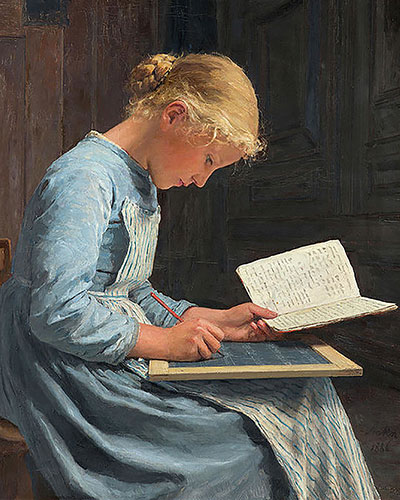
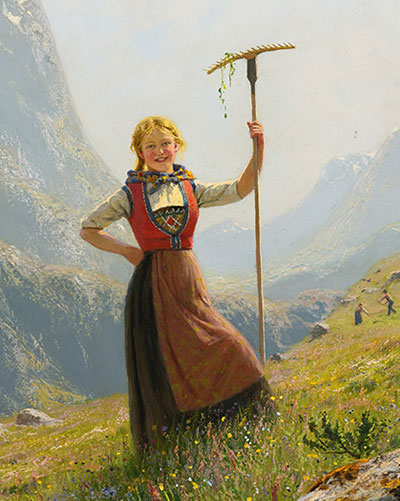
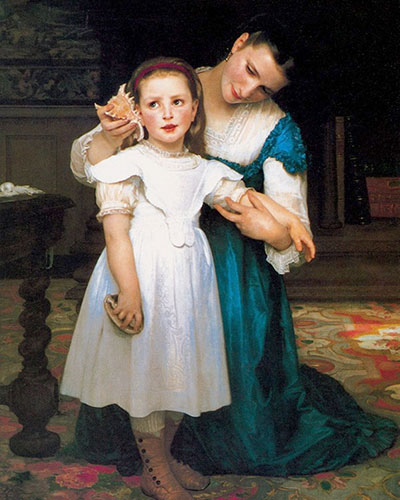
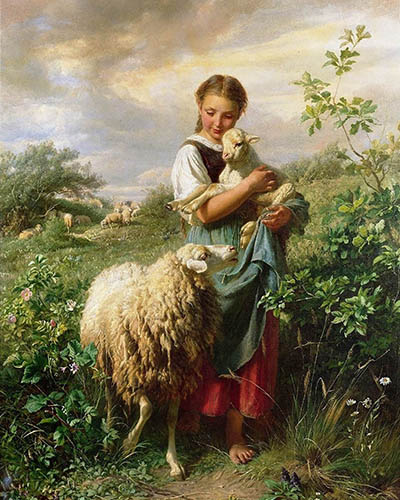
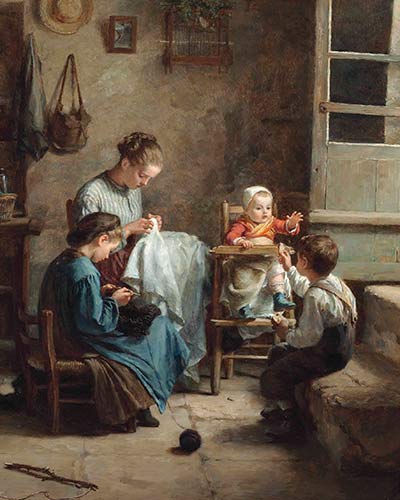
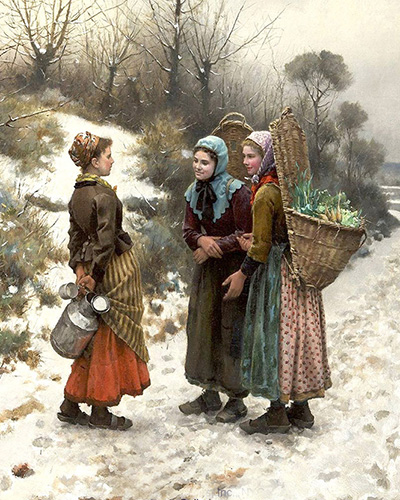
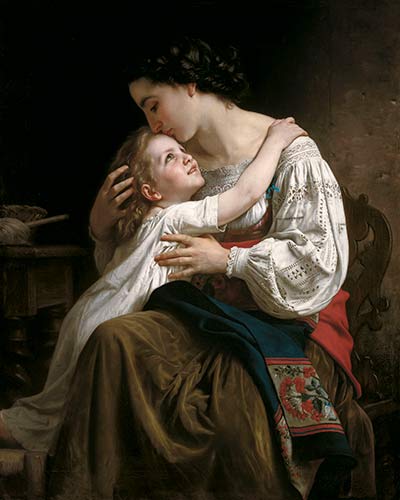
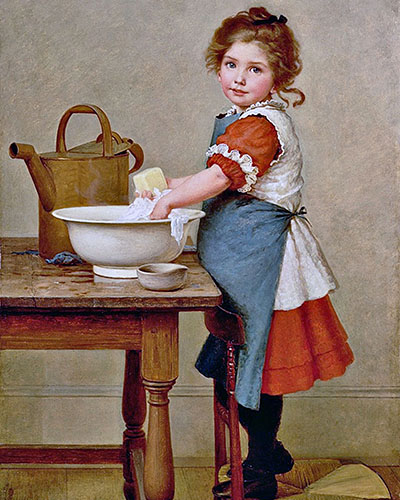


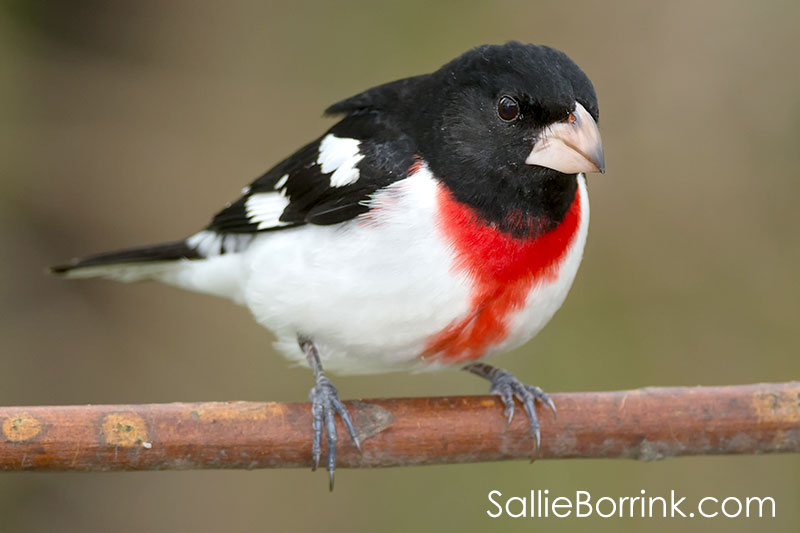
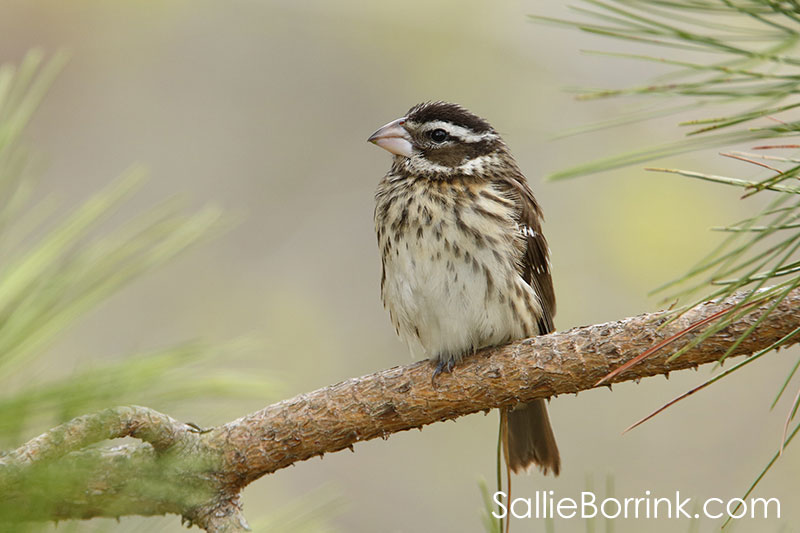
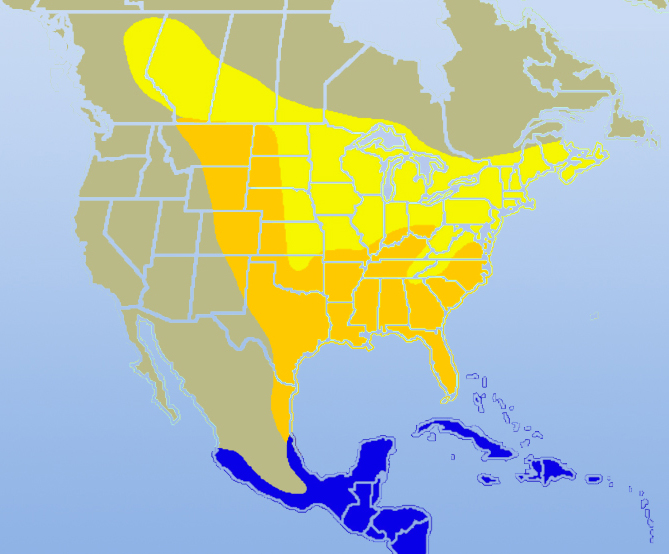
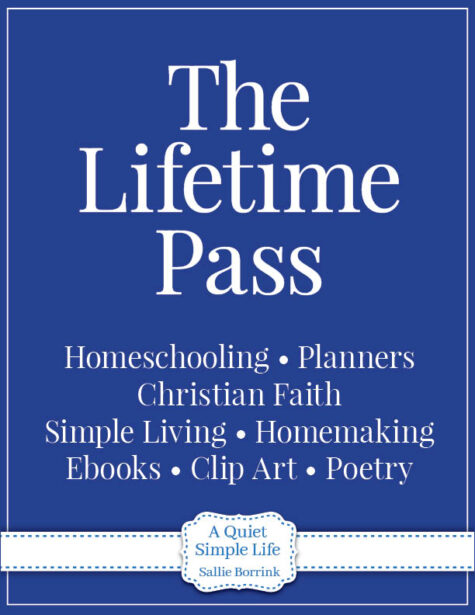
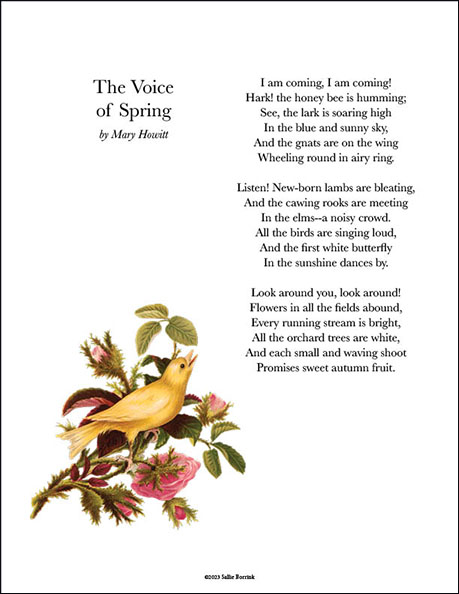
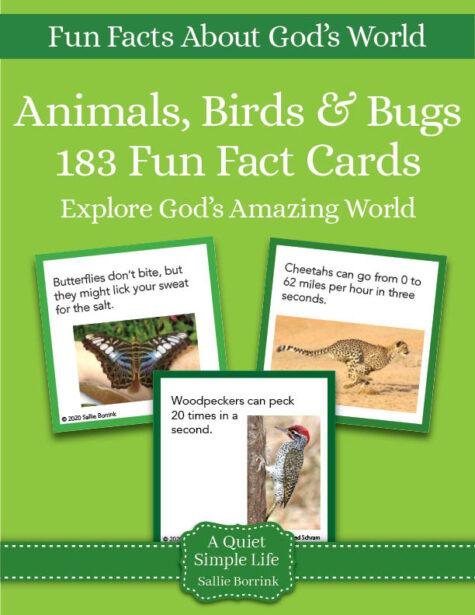
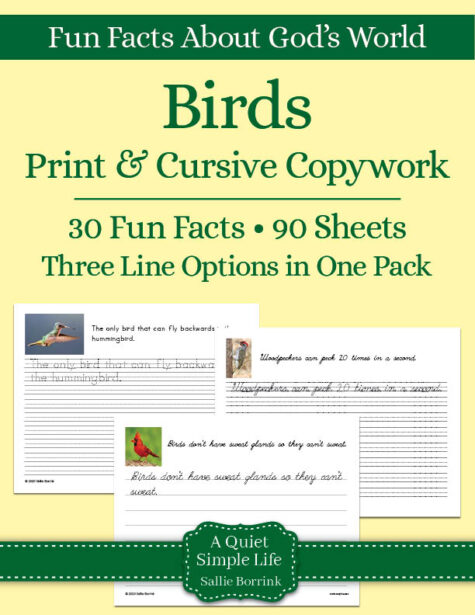
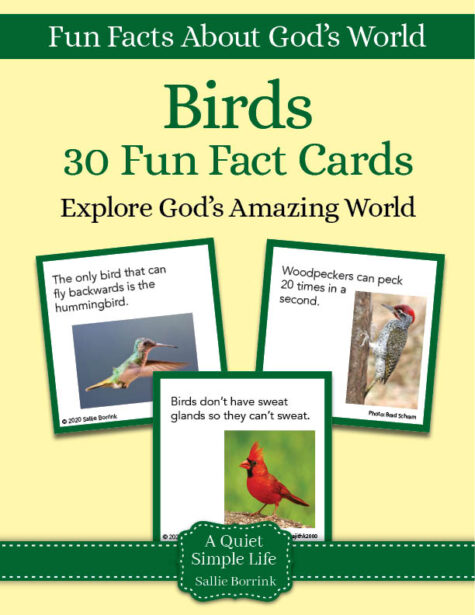





 Morning Hope – Romans 8:26-30
Morning Hope – Romans 8:26-30
Where did these birds come from.